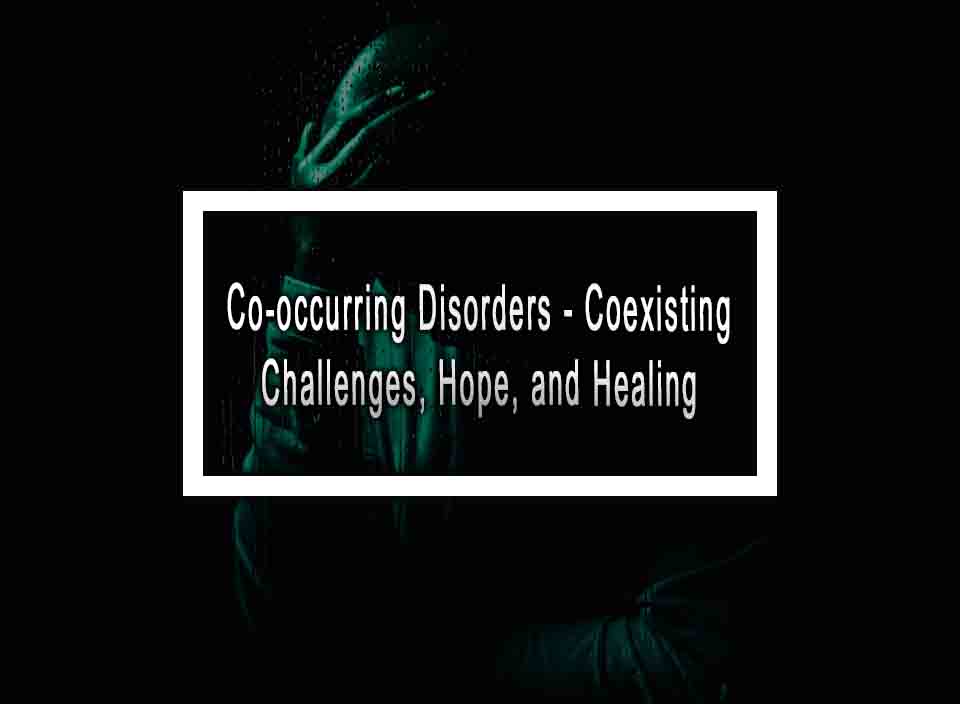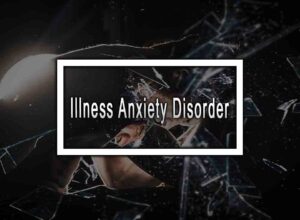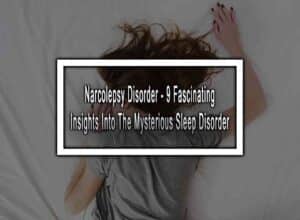Table of Contents
ToggleCo-occurring Disorders: Addressing the Tangled Webs
For individuals dealing with mental health issues, life can feel like a jigsaw puzzle with missing pieces. Co-occurring disorders, also known as dual diagnosis or comorbidity, intensify this challenge, as they involve the simultaneous presence of both mental health and substance use disorders. In this article, we delve deep into the intricate world of co-occurring disorders, shedding light on their complexities, the impact they have, and the hope and healing that is possible.
Understanding Co-occurring Disorders: The Intricate Web of Challenges
Co-occurring disorders refer to the coexistence of mental health disorders such as anxiety, depression, bipolar disorder, or post-traumatic stress disorder, alongside substance abuse or addiction issues. This convergence of ailments significantly complicates diagnosis, treatment, and recovery, often leading to a more severe long-term impact on individuals’ lives.
Research suggests that nearly half of individuals seeking treatment for substance abuse struggle with at least one mental health disorder and vice versa. The simultaneous presence of these conditions intertwines their effects, amplifying each other’s symptoms and making both disorders more challenging to address effectively.
Breaking Down the Consequences: The Double-Edged Sword
Left unaddressed, co-occurring disorders can wreak havoc on all aspects of life. The consequences range from impaired social relationships and decreased work productivity to higher rates of incarceration, homelessness, medical issues, and even suicide. The intertwining of mental health disorders and substance abuse intensifies each other’s negative impact, leading to a vicious cycle that is difficult to escape.
Moreover, the presence of co-occurring disorders often complicates the process of seeking help and receiving appropriate treatment. Stigma, lack of awareness, and the fragmented nature of healthcare systems can further impede access to adequate care, leaving individuals trapped in a cycle of despair.
Light at the End of the Tunnel: Hope and Healing
Amidst the darkness surrounding co-occurring disorders, there is hope for recovery and healing. Effective treatment approaches have emerged, promoting integrated care where mental health and substance abuse treatment go hand-in-hand. This holistic approach, often called co-occurring capable care, ensures that individuals receive comprehensive care tailored to their unique needs.
Through evidence-based therapies, such as Cognitive Behavioral Therapy (CBT) and Dialectical Behavior Therapy (DBT), individuals can address both mental health and substance abuse concerns simultaneously. By focusing on relapse prevention, coping skills development, and emotional regulation, these approaches empower individuals to regain control over their lives, build healthy coping mechanisms, and foster long-lasting recovery.
Conclusion
Co-occurring disorders demand a comprehensive and integrated approach that acknowledges the equally significant impact of mental health and substance abuse. By dismantling the stigma and shedding light on the complexities involved, we can open doors to improved diagnosis, treatment, and support.
With increased awareness, specialized treatment options, and community support, individuals facing the challenges of co-occurring disorders can find hope and healing. It is crucial to remember that recovery is possible, and with the right tools and support, individuals can piece together their life’s puzzle and emerge stronger than ever before.
Co-occurring Disorders FAQ
Here are the most common questions about Co-occurring Disorders.
1. How common are co-occurring disorders?
Co-occurring disorders are relatively common, with studies suggesting that about half of individuals with a mental health disorder also experience a substance use disorder at some point in their lives.
2. Where can I find help for co-occurring disorders?
Seek help from mental health professionals, addiction treatment centers, or community support groups. You can contact helplines, and treatment centers, or consult your primary care physician for referrals and information on available resources.
3. Why is it important to treat both disorders simultaneously?
Treating both disorders simultaneously is important because they can complicate and exacerbate each other’s symptoms. Treating only one disorder often leads to relapse in the other, making it essential to address both for successful outcomes.












